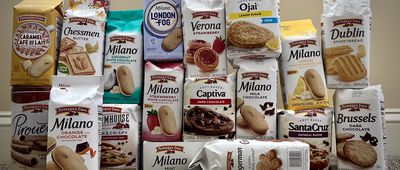Health Food Imposters
It's getting trickier to eat healthy these days. One minute, nutritionists swear by soy; the next, they're convinced it'll kill you. (It's like they're running a food-themed soap opera.) Meanwhile, food companies and their slick marketing teams slap whatever buzzwords they think will sell on the labels. Remember when it was simple? Fast food = bad; fruits and veggies = good. Now, junk food wears a "healthy" disguise, tricking us into thinking it's nutritious when it's anything but.
Here are 10 "healthy" foods that might not be as nutritious as they seem.



















